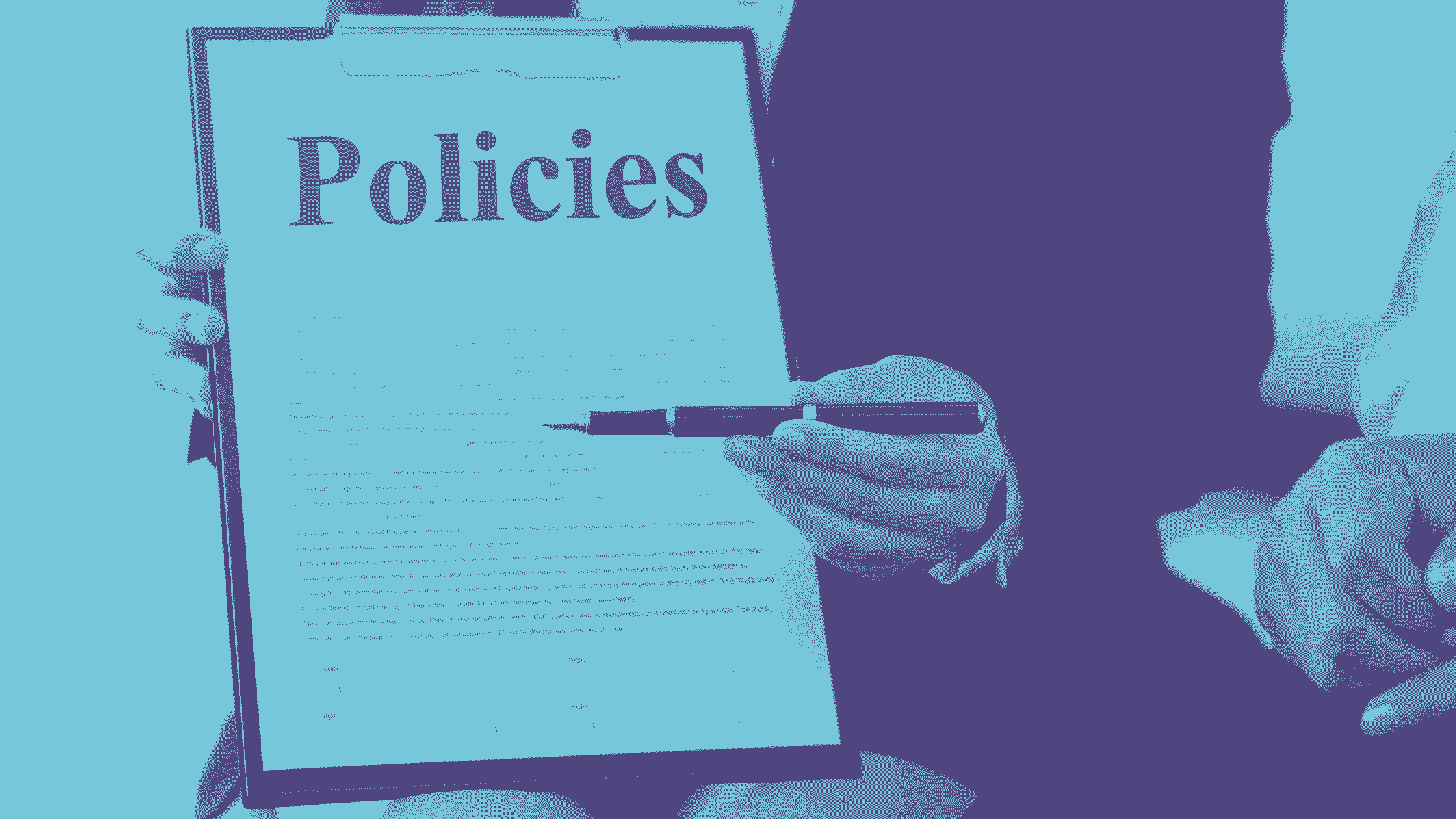IT Security Policies: Essential Guide for Business Protection
IT security policies are documented rules defining how organizations protect data, manage access, and ensure compliance. They establish employee...

When it comes to protecting your personal information, your password is your first line of defence. Make it a good one with the help of these essential strong password tips.
Keep It Hidden
The first rule of passwords is: we don’t talk about passwords. Don’t give it to friends or family members as, even with the best intentions, they may accidentally share your information with someone else. When in public, avoid imputing your password in front of others and, lastly, don’t keep it on a Post-It® note for everyone to see (as a matter of fact, don’t write it down at all).
Difficulty Level = 100%
The longer and more complicated, the better. And, according to the experts, the traditional advice for creating a foolproof password still applies:
Instead, consider using a password generator (such as Norton or Dashlane).

Use Two-Factor Authentication
Two-factor authentication (2FA) requires a user to employ two verification methods before they’re granted access to a device or application. Sometimes referred to as multifactor authentication, 2FA typically consists of a password followed by another authentication method such as a biometric (i.e. thumbprint) or hardware token (i.e. mobile app).
With 2FA, even if a cybercriminal does manage to discover your password, the additional verification factors make it difficult for them to access your information.
Avoid the Obvious
We can’t stress this enough: sequential letters and numbers (123456, qwerty, abc123) or personal information do not make good passwords. Codes containing your birthdate, pet’s name or, even worse, the word “Password” (or some variation thereof), make you an easy target for hackers.
See: Ranked: The World’s Top 100 Worst Passwords
Educate Yourself
Cybercriminals commonly rely on phishing attacks to extract information from their victims. In many cases, the attacker will send a legitimate-looking email or link (often pretending to be a reputable institution) to the user, asking them to verify their password (or other info). Learn to recognize an attack before you inadvertently put your personal information into the wrong hands.
Employ a Password Manager
From social media and email accounts to work credentials and banking logins, there’s a lot to remember when it comes to passwords. For this reason, you may be tempted to use the same password across multiple applications to keep it all straight. The trouble is, a single breach could compromise every account you own.
Instead, use a password manager. Easy to use, this program or web service will help you generate a unique login for each of your accounts. All you need to do is remember a single password to access the manager itself.
Keep Your Software Up to Date
Protect your device and information by keeping your security applications up to date. This includes anti-malware, anti-spyware, and anti-virus software as well as regular system updates. For small to medium-sized businesses, especially (in which password safety is essential among your employees), we recommend partnering with a managed IT services provider who will keep your data secure 24/7/365.
For more information on how GAM Tech can help protect your business, get in touch with us today!
Related posts:

IT security policies are documented rules defining how organizations protect data, manage access, and ensure compliance. They establish employee...

Your I.T. infrastructure is the combination of the network resources, software, hardware and services needed to keep your business up and running...

Did you know that Canadian employees spend 11.7hours,every week, dealing with email? Or that last year alone, 92.4 per cent of malware attacks on...